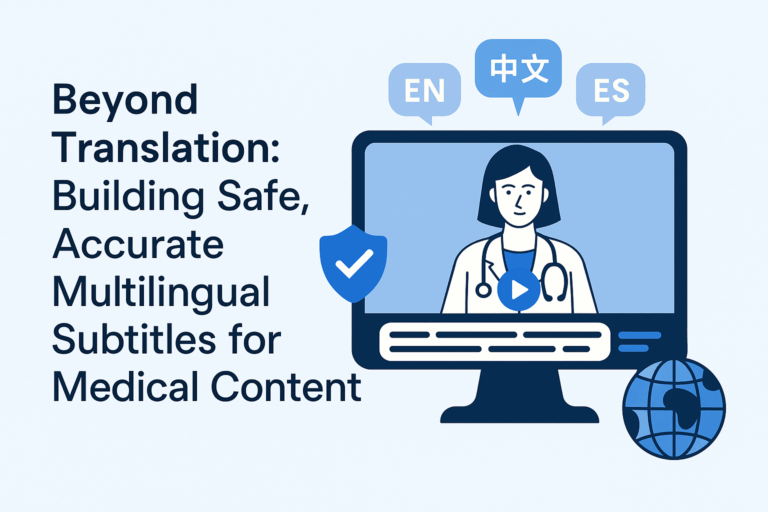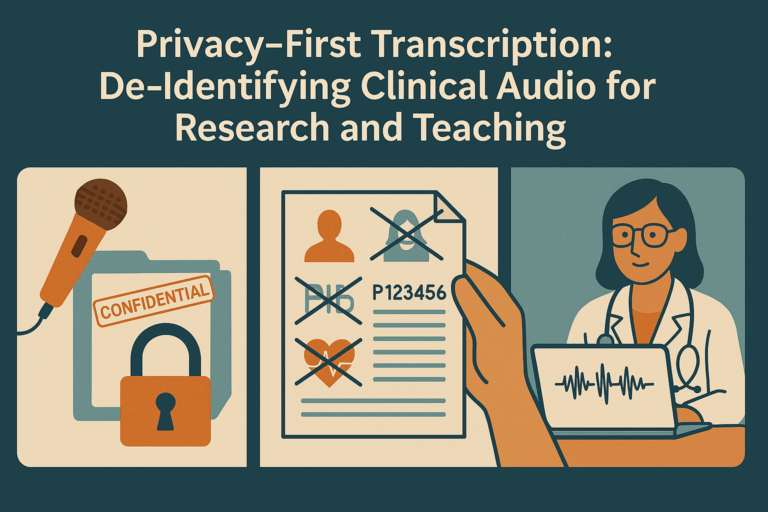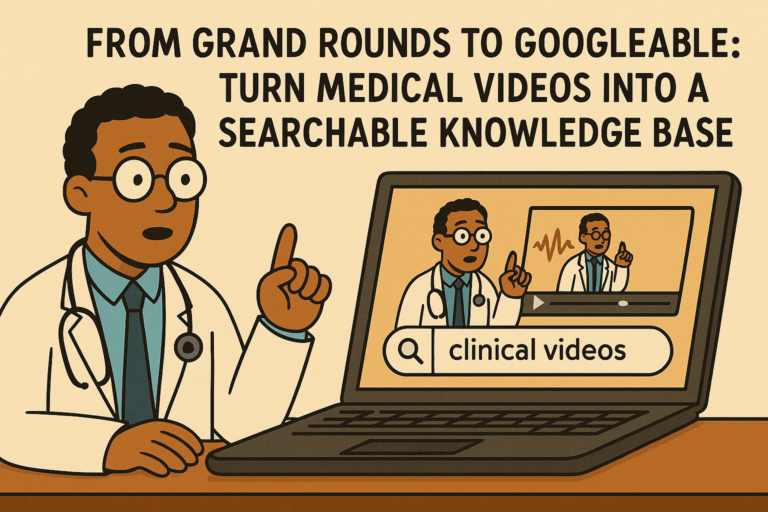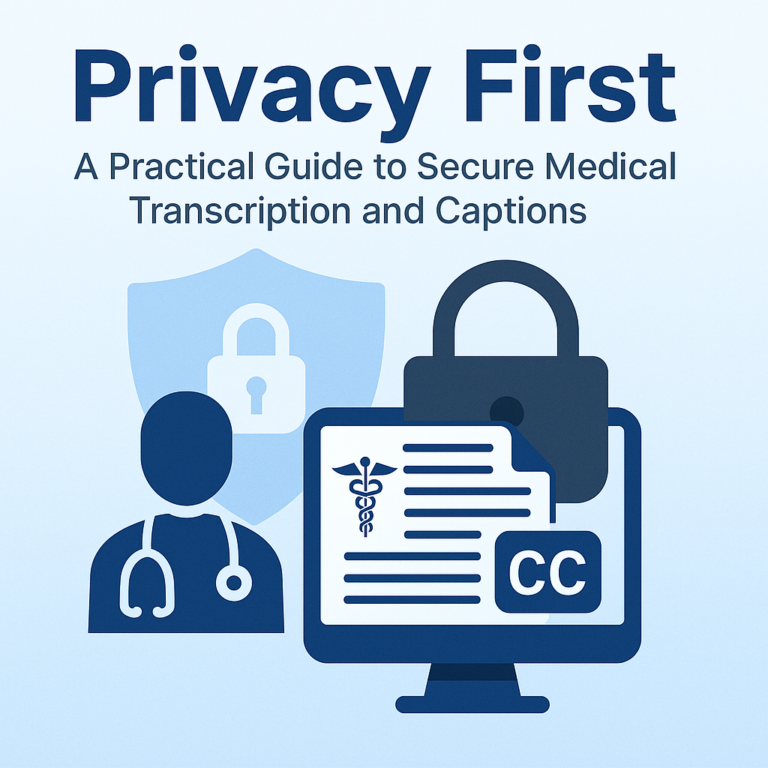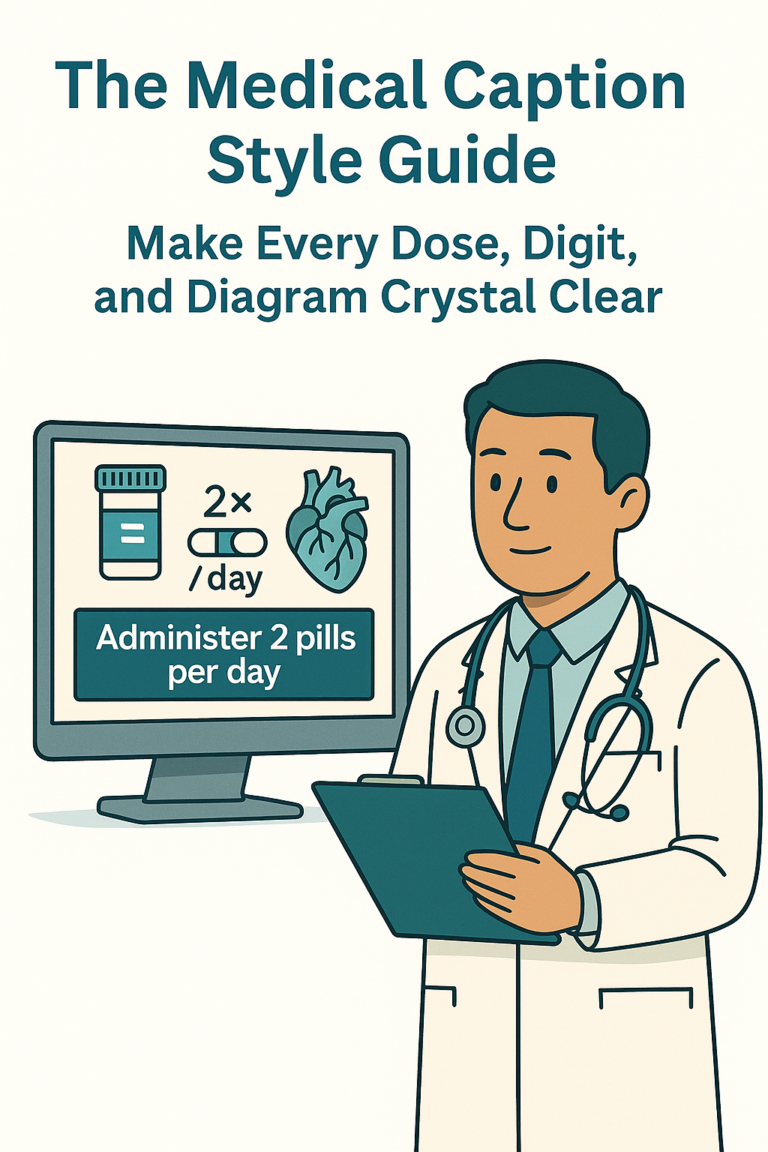In the evolving world of digital health education, video content is now a staple for sharing knowledge. From lectures and consultations to surgical demonstrations, medical YouTubers and educators are turning to visual media to reach wider audiences. But there’s one tool that significantly enhances the effectiveness and accessibility of these videos: closed captions.
Closed captions aren’t just a feature for convenience—they are a game changer in medical communication. Here’s why they matter:
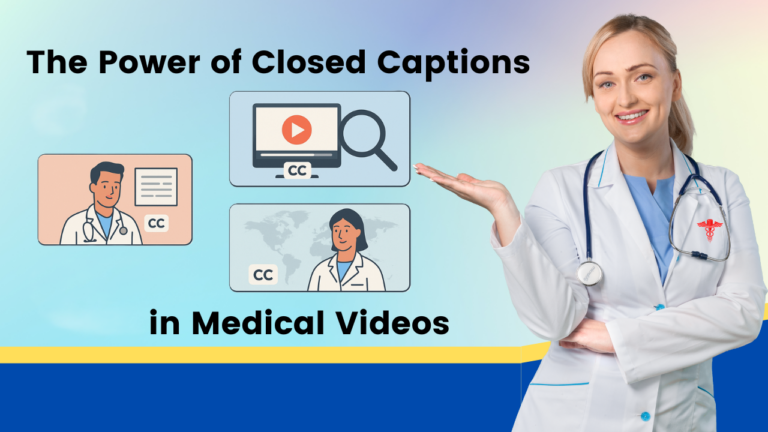
Increase Discoverability Through SEO
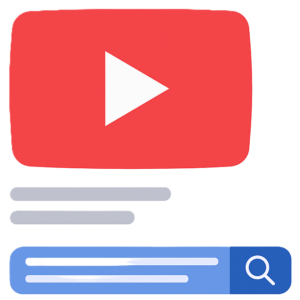
Strategically using key medical terms in your closed captions plays a vital role in making your content more discoverable on platforms like YouTube. When you include accurate phrases such as “eGFR levels,” “stage 3 kidney failure,” or “dietary restrictions,” these terms become part of your video’s searchable metadata. This significantly improves your content’s ranking in search results and increases the chances of being featured in recommended or related video sections. As a result, your content can organically reach a larger and more relevant audience—without the need for paid promotion—making closed captioning both an accessibility tool and a powerful SEO tactic.
Medical videos that incorporate such terminology are far more likely to connect with viewers actively seeking trusted information on specific conditions. These keywords are commonly used by patients, caregivers, and professionals searching for content that’s medically reliable and educational. When you align your script and captions with these phrases, you help your video meet the needs of those who are intentionally seeking clarity, support, or solutions.
Expand Global Reach
Medical education content has global value, but language differences often restrict access. Viewers in non-English-speaking regions may find it challenging to understand complex medical terms if they rely solely on audio. Captions help overcome this barrier by providing textual support for those who aren’t fluent in the video’s spoken language, enhancing both comprehension and confidence.
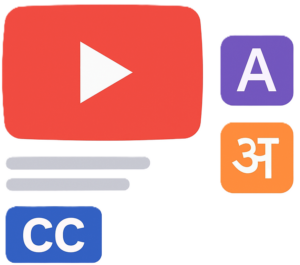
With accurate English captions in place, auto-translation features on platforms like YouTube can localize your content into languages like Hindi, Spanish, French, and more. This opens doors for international students, healthcare workers, and patients to engage with your video. It also fosters equity in healthcare education, ensuring that life-saving medical knowledge can cross borders and reach communities around the world.
Support Viewers with Hearing Impairments
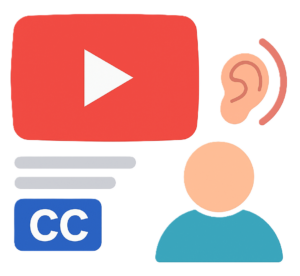
Closed captions are essential for making content inclusive to the deaf and hard-of-hearing community. In medical contexts, missing out on verbal instructions or safety cues could lead to misinformation or dangerous misunderstandings. For patients relying on video content to manage chronic illnesses or for students preparing for clinical exams, accessibility isn’t just a convenience—it’s a necessity.
High-quality captions help mitigate that risk by converting audio into accurate, readable text. They can also include non-speech audio cues—like [heartbeat sound] or [machine beeping]—ensuring that the full scope of audio information is accessible to everyone. By meeting accessibility standards, you’re not just checking a compliance box; you’re empowering a broader audience to learn and act confidently.
Improve Viewer Retention and Comprehension
Medical videos often involve dense terminology and fast-paced explanations. This can be overwhelming for learners, especially those reviewing complex subjects like pharmacology, anatomy, or cardiology. Viewers may pause, rewind, or even abandon a video if they can’t follow what’s being said. Captions act as a crucial learning aid that reinforces auditory information visually.
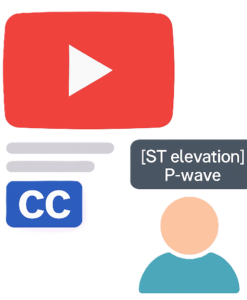
Captions serve as a helpful reinforcement tool, allowing viewers to read along, pause, and re-read sections. This extra layer of clarity improves understanding and increases retention. They also aid non-native English speakers, auditory learners, and even viewers in noisy environments. The result is better comprehension, higher engagement, and more meaningful learning outcomes across the board.
Strengthen Professionalism and Accuracy
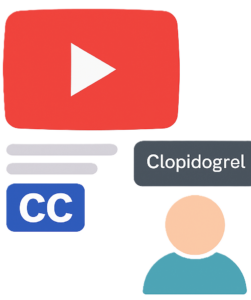
Clarity and precision are vital in medical communication, and your video captions should reflect that standard. Misspelled terms or incorrect phrasing can reduce your credibility, especially when targeting an educated or clinical audience. Inaccurate or inconsistent subtitles can create confusion or give an impression of carelessness, which undermines the seriousness of the subject matter.
Accurate captions enhance the professionalism of your content. Correctly transcribed terms—like “Clopidogrel” or “Atorvastatin”—reinforce your authority as a medical expert and ensure that viewers trust your material. Additionally, polished captions demonstrate respect for your viewers’ intelligence and time, strengthening your content’s value within academic, research, and clinical circles.
How MedXcribe Helps
If you’re a medical content creator looking for fast, high-quality captions tailored for clinical accuracy, MedXcribe is the tool for you. Using AI and expert refinement, MedXcribe generates captions ideal for lectures, patient education, surgical recordings, and more—with support for offline workflows and strong data privacy.
The power of closed captions lies in their ability to bridge gaps—between speaker and viewer, language and understanding, sound and silence. For medical videos, they aren’t just helpful—they’re essential. Start captioning your content today to boost your impact, reach, and credibility.

